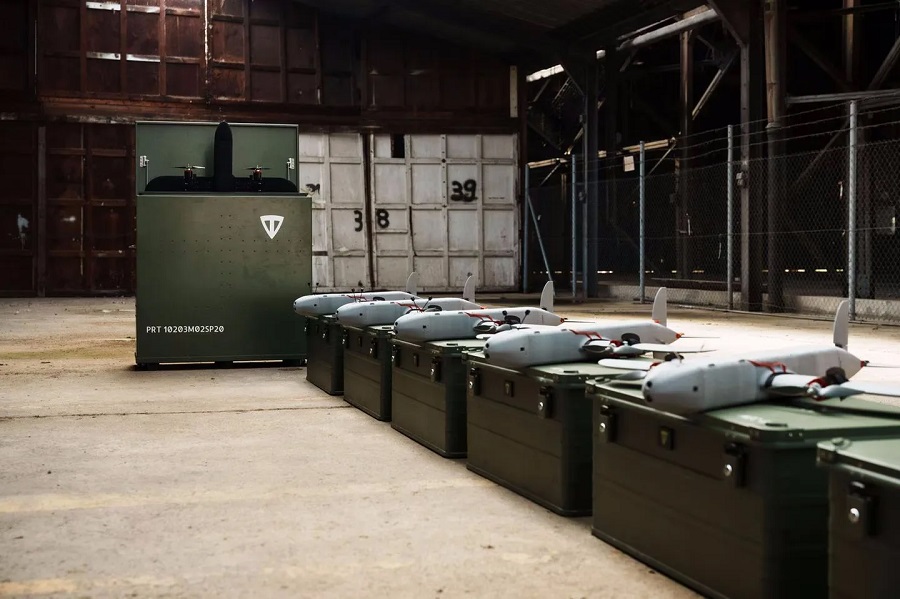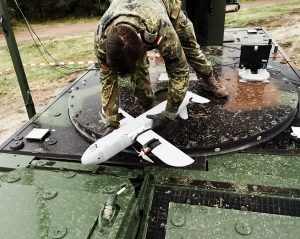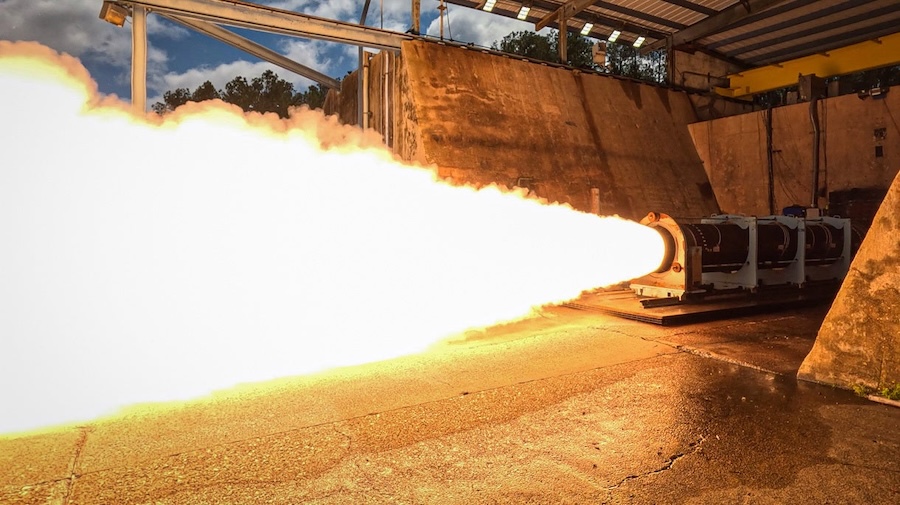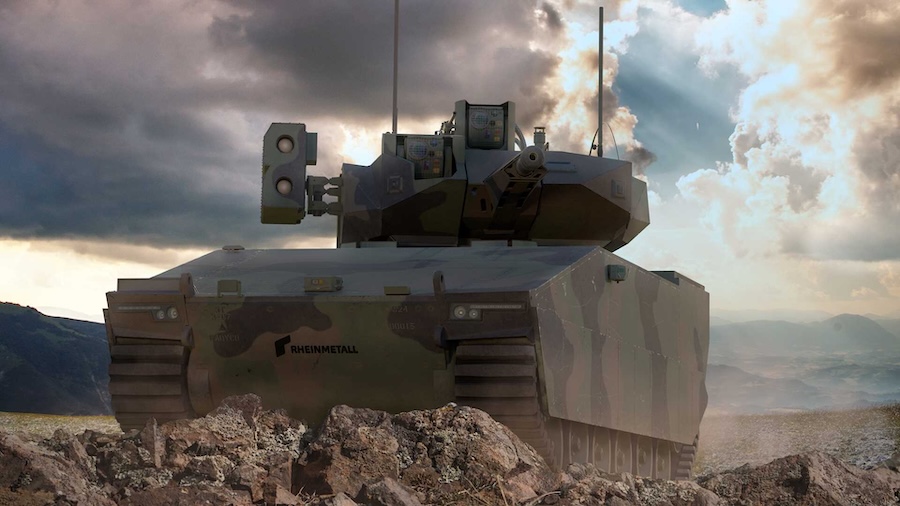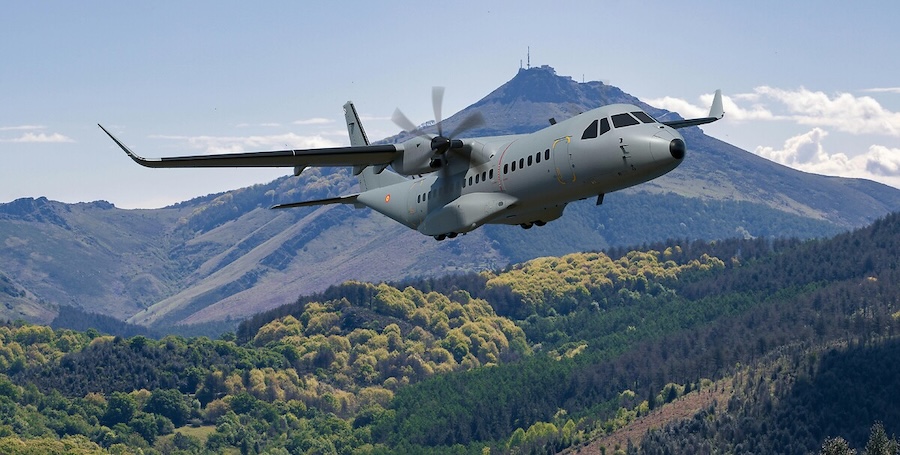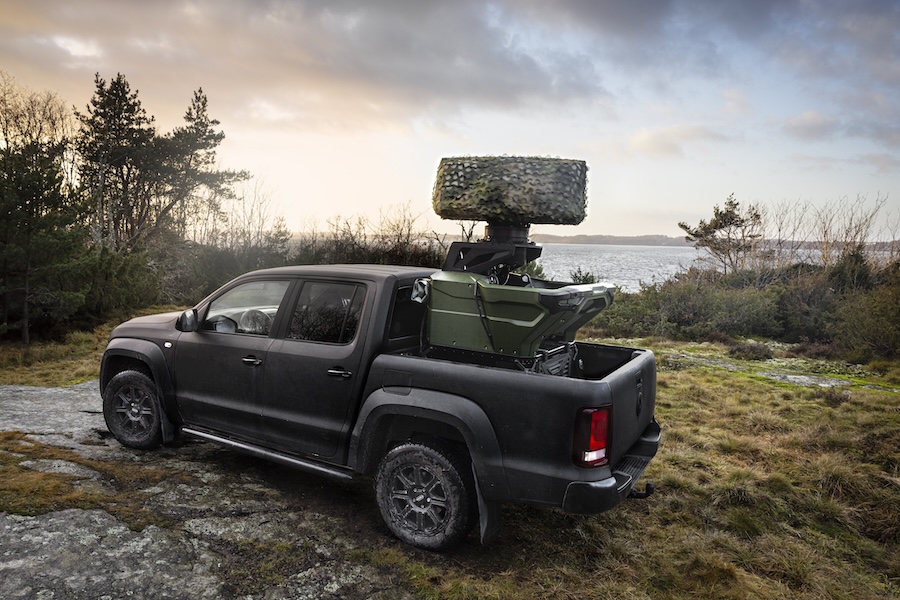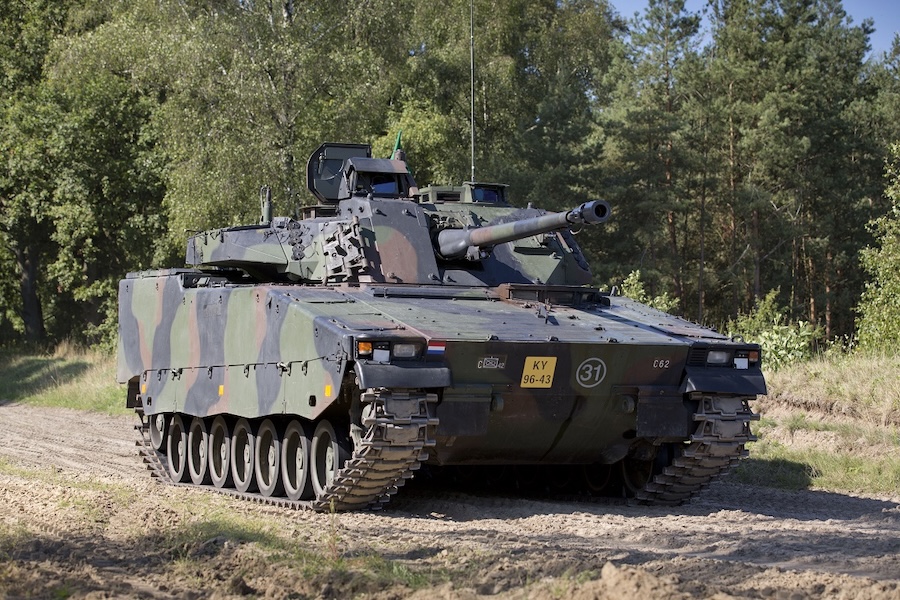TYTAN is to produce a modular system to protect critical civilian and military infrastructure from NATO class II unmanned aerial systems, defined in the input as aircraft weighing 150–600 kg. The programme will combine different types of sensors, effectors and command-and-control elements into an integrated solution.
The company will supply software, ground stations and its own interceptor drones, which are described as serving the role of inexpensive guided missiles. The approach is intended to deliver effective defence at lower cost than traditional missile-based air-defence systems and to defeat high-flying targets that jamming systems and gun-launched ordnance struggle with.
A demonstration exemplar of the system is to be prepared for verification tests in the first quarter of 2026 in both a fixed configuration (launch from a deployable portable launcher) and a mobile configuration (launch from a container mounted on vehicles). The most important element of the solution will be software that automates most of the interception process and reduces operator load, leaving human operators to make only key decisions such as the launch of a drone-missile or the authorisation of target destruction in the terminal phase of interception.
TYTAN’s interceptor drones, equipped with automatic target detection and guidance systems, have already been successfully tested by German military research units. Materials provided in December 2024 by the Ukrainian military technology cluster Brave1 additionally indicate that operational trials of this system took place during the war in Ukraine, so the Bundeswehr will receive a solution that has already been field-tested and will be configured for German requirements.
It has not been disclosed whether the Bundeswehr versions will use a purely kinetic direct-hit principle or a proximity-fuzed explosive warhead; TYTAN offers both options. To date the manufacturer has shown three interceptor variants with interception ranges of approximately 5 km, 25 km or 50 km, and for the Bundeswehr the likely choice appears to be the Interceptor-B with a range of about 25 km.
Responsibility for introducing the drones into German service lies with the Amt für Heeresentwicklung, which first defined the desired capabilities for command, reconnaissance, strike and support. This work led to the 2023 initiation and the May 2024 completion of the concept “Rozmieszczenia UxS/LMS w wojsku”, a comprehensive document on UxS and LMS implementation, and Bundeswehr policy emphasises software sovereignty to ensure full control and rapid updates.



